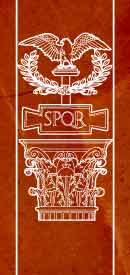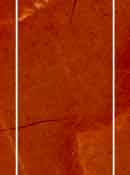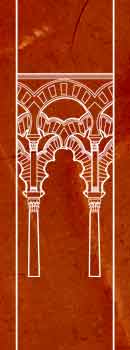 |
|
/SEM-20-sen-lib-E-25.jpg)
ALJAFERIA (ZARAGOZA)
INFORMACIÓN HISTORICO-ARTÍSTICA
Debemos detenernos especialmente en el mihrab, en el patio de Santa Isabel, en el salón de los mármoles, también en los arcos polilobulados, yeserías, azulejería, capiteles alargados de tipo taifa, en los artesonados etc.. La datación se centra básicamente en la época taifa, hacia la segunda mitad del siglo XI, por el taifa zaragozano Al-Muqtadir. En época medieval cristiana se construyo la Iglesia de San Martín, los Reyes Católicos hicieron algunas reformas (Salón del Trono, Salón de los pasos perdidos…) y finalmente en época moderna y contemporánea se han realizado ampliaciones (Patio de Armas y Salón de Plenos de las Cortes aragonesas).
HORARIOS-ENTRADA
Los horarios de verano (abril-octubre) son de sábado, domingo, lunes, martes y miércoles de 10:00-14:00 y sábado, domingo, lunes, martes, miércoles y viernes de 16:30-20:00. El horario de invierno (noviembre-marzo) son de sábado, domingo, lunes, martes y miércoles de 10:00-14:00 y sábado, domingo, lunes, martes, miércoles y viernes de 16:30-18:30. La tarifa general es de 5€. |
|
 |
|
/SEM-20-sen-lib-I-25.jpg)
PALACE OF LA ALJAFERIA (ZARAGOZA)
HISTORICAL-ARTISTIC INFORMATION
We stop especially in the mihrab, in the courtyard of Santa Isabel, in the hall of the marbles, also in the nice polylobed arches, plasterwork, tiles, elongated Taifa capitals, in the coffered ceilings etc... The dating is centered on Taifa times, in the second half of the 11 th century, was built by the Taifa Al-Muqtadir of Zaragoza. In Medieval Christian times the church of San Martín was built, the Catholic Monarchs made some reforms (Throne hall, Lost Steps Hall...) and finally in Modern and Contemporary times have been made enlargements (Weapons courtyard and Plenary Hall of Las Cortes de Aragón).
TICKETS AND TIMETABLE
Summer timetable (April-October) are from Saturday, Sunday, Monday, Tuesday and Wednesday from 10 am to 2 pm and Saturday, Sunday, Monday, Tuesday, Wednesday and Friday from 4,30 pm to 8 pm. The winter time (period November-March) are from Saturday, Sunday, Monday, Tuesday and Wednesday from 10 am to 2 pm and Saturday, Sunday, Monday, Tuesday, Wednesday and Friday from 4,30 pm to 6,30 pm. Rate is € 5 .
|
|

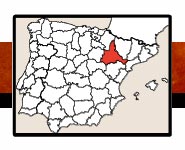




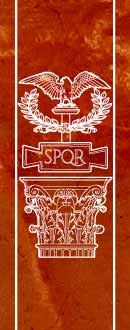
(40)/TO-Z/ZARA-Zarago-40.jpg)
-55/BOOK-cort-40.jpg)



